I've not been able ot find any information on this any where.
I am trying to represent the atomic coordinates of CaCO3 in the R -3 c H space group (see image 1), using matplotlib.
However, to achieve this the angle between the X and Y axis must be 120° instead of 90°. Is there a way to achieve this using matplotlib? Importantly, the angle betwen X-Z and Y-Z must still be 90°.
